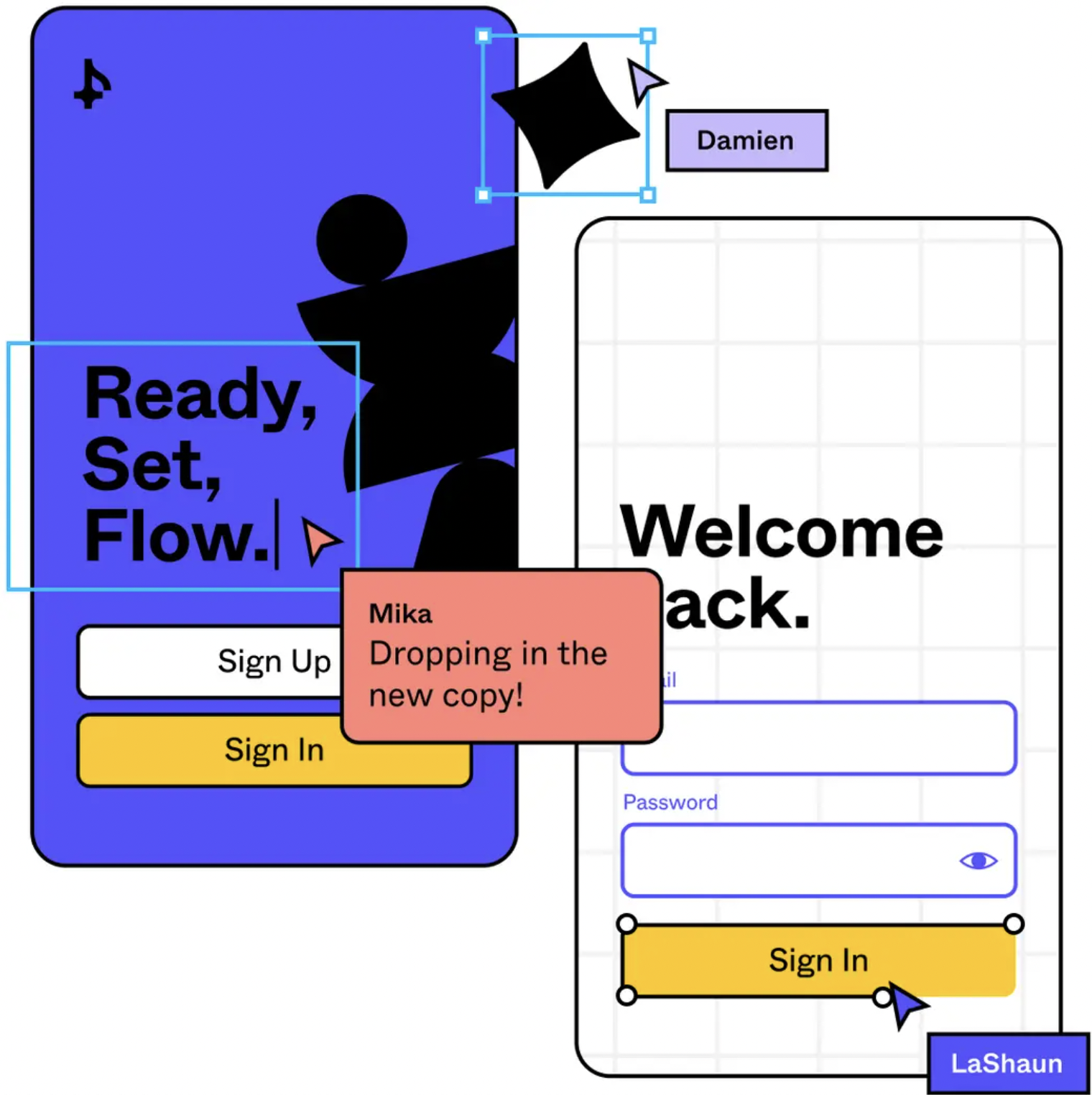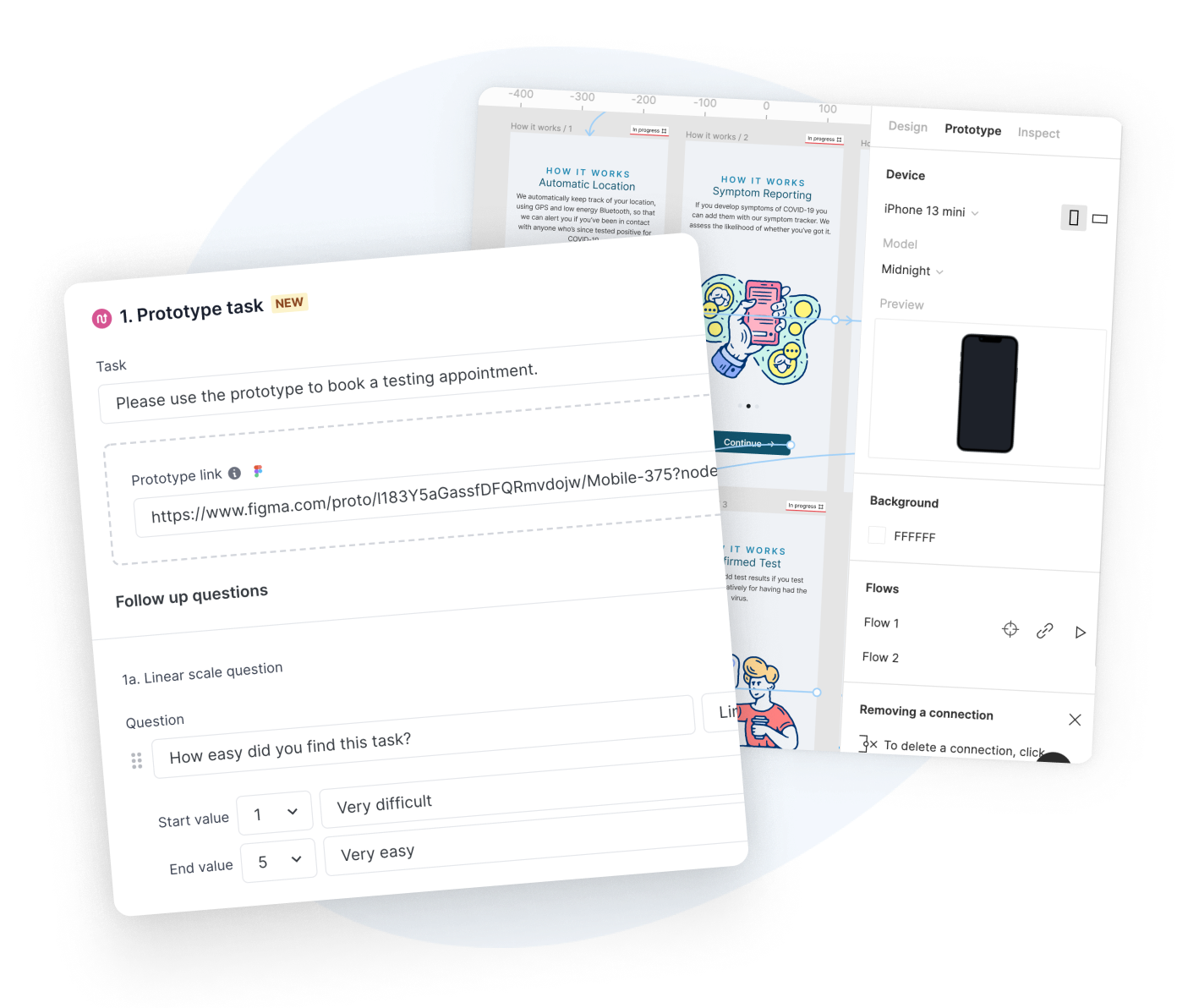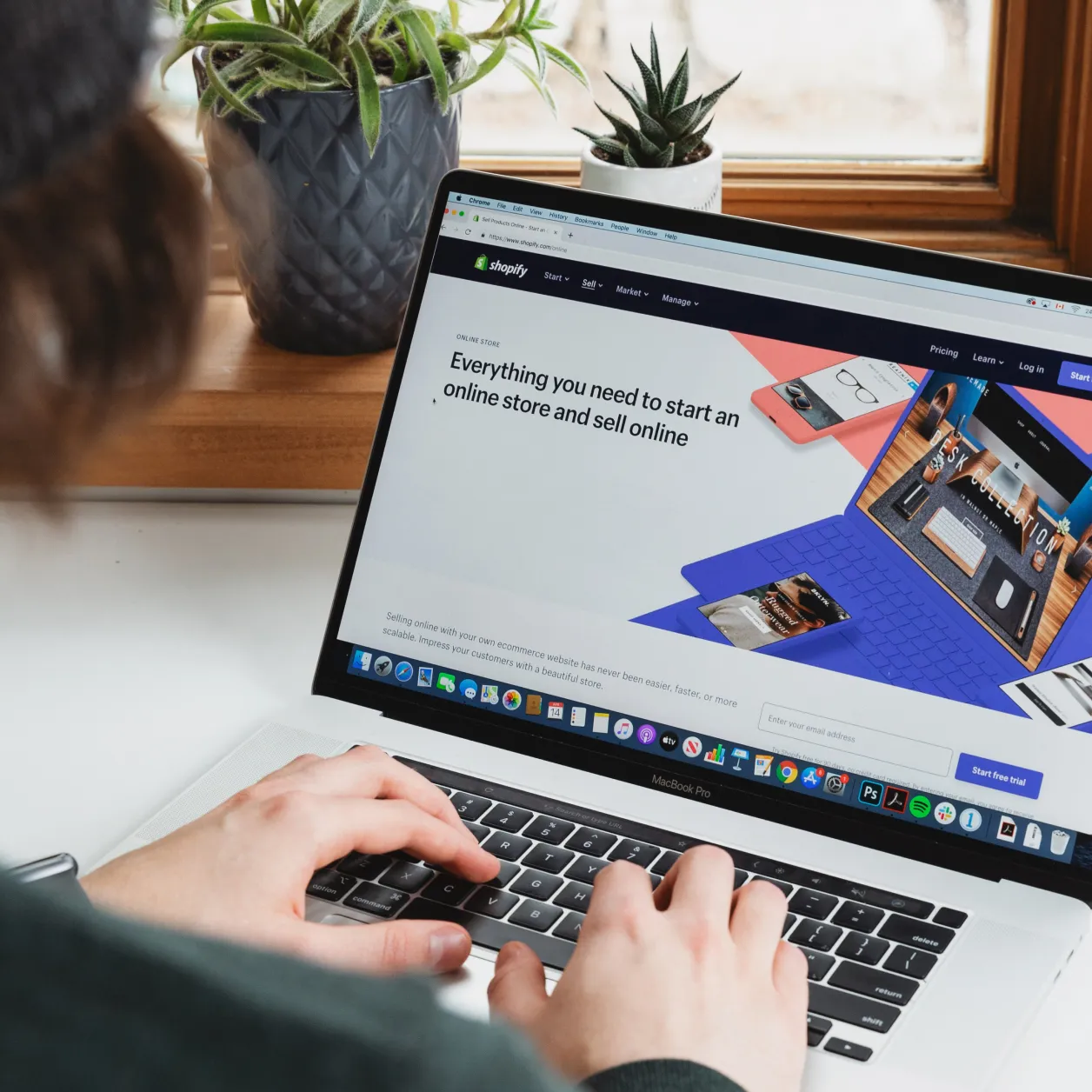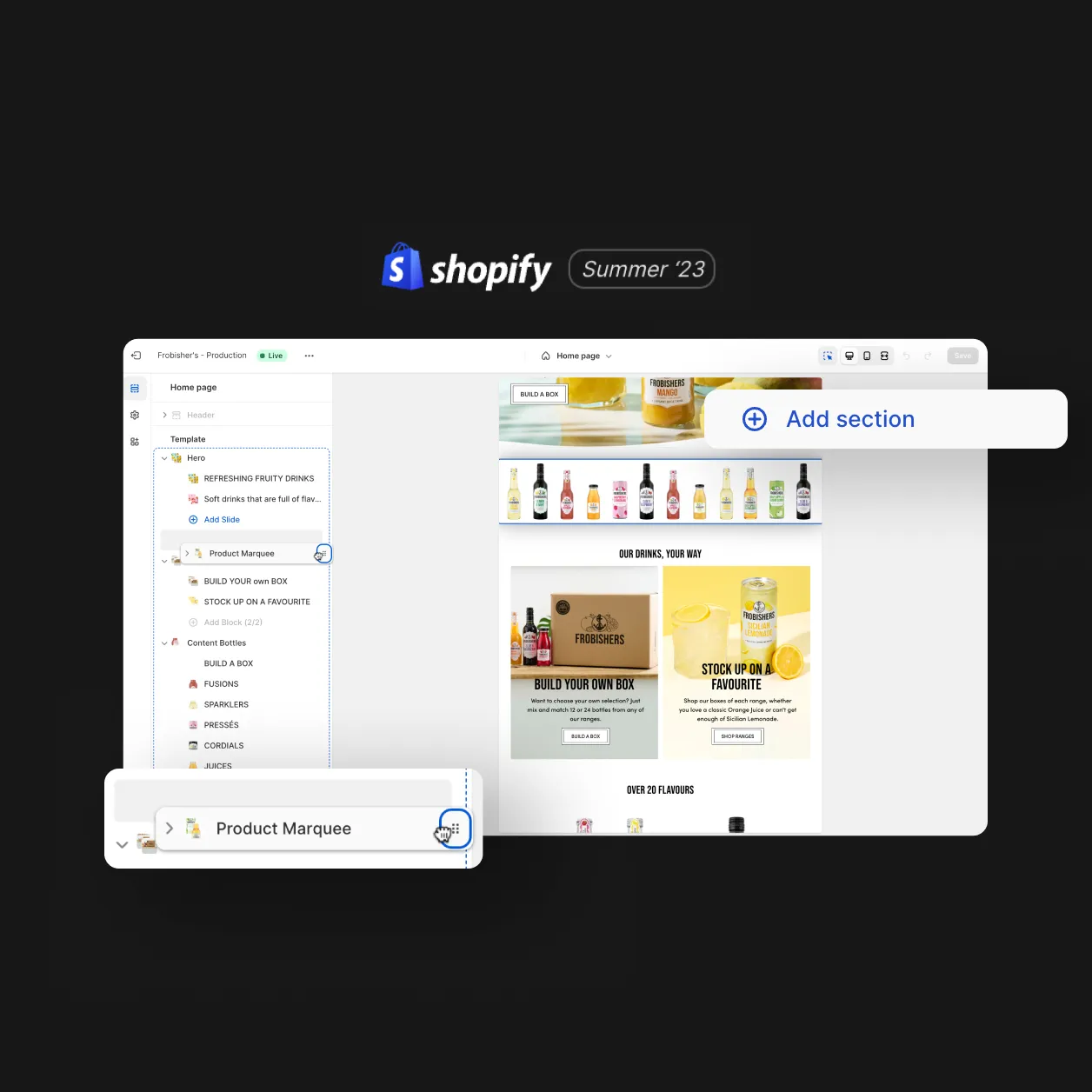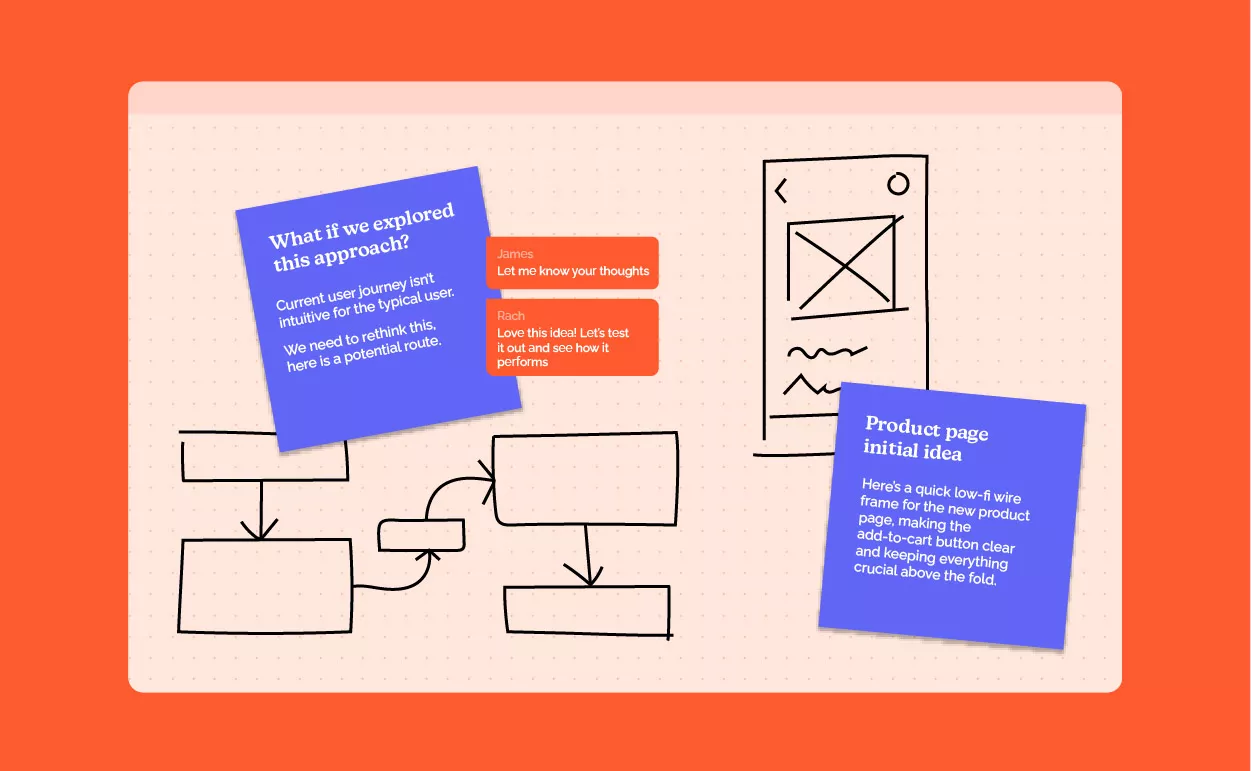
The fundamental objective of your business’ website or application is to inform, engage or educate users about your product or service, and then convert them into customers and advocates.
As a result, the design of your site is crucial to ensure the user experience is communicative, intuitive and enjoyable. You need to leave users feeling positive about their interaction.
By investing time in a specific evaluation of your website’s user experience (UX) and user interface (UI), we’re able to take a detailed look at how and why users interact with your site in the way they do. Most notably we can evaluate if their journey through the various pages is optimised, and whether the message you want to get across is being received well.
Let’s take a look at how a strategic UX/UI process can add value to your business.
Remember: You are not your users
To lay the foundations for a successful UX/UI design evaluation, the right mindset needs to be established.
Often businesses have developed their digital platforms with a specific aspect in mind, whether this be how it functions, or how it looks. However, by building a mindset where user research is as valued as premeditated stakeholder design scope, the right balance can be found between the two.
Solving common problems associated with digital interfaces often requires a business to build a level of trust with the research presented in the UX/UI process.
“Create a mindset which prioritises user feedback over assumption making…”
Have you ever wondered why users start a journey on your site, but never convert? Or why some product types convert, while others seem to be underperforming? We’re all able to cast general assumptions which go towards answering these questions, but by creating a mindset which prioritises user feedback over assumption making, there is a greater chance of optimising site performance in specific areas.
Taking time to build empathy
For the first part of the UX/UI evaluation process, and crucial to any successful website, is the ability to empathise with your users, ensuring that you’re meeting their needs and addressing their pain points.
User research is essential for investigating what is actually happening on site. By using a variety of methods we seek to understand what your users are doing, and why they’re doing it. For example, as Google Analytics experts we’re able to extract deep-level data to build a top-down impression of how your users navigate through your current site. This allows us to find areas of their journeys which might be causing them frustration. To complement this, through focus groups and targeted user interviews we’re able to ask specific questions and make observations on how they interact with your product, and find valuable opportunities for optimisation.
In addition, taking the time to build a picture of the wants and needs of the stakeholders is also important. This ensures our designs translate the message you want to convey. If we can understand your value proposition and what makes you proud about your business, we can help put that across to your users.
The importance of problem solving
A thorough research process can yield a huge variety of results. In order to simplify and prioritise, we aim to discover patterns and begin to identify key areas to focus on during the subsequent design phase. The result of this will be clear, succinct problems which we can now begin to address.
The value in this can be found in its objectivity. By taking a step back and approaching your users’ comments without natural bias we can identify which problems truly matter to them.
Consequently, we can look to design and develop your website or application underpinned by these user-centric problems. If the designs solve these problems, the chances of converting your users into clients is greatly improved.
You need innovative ideas
With your users’ problems defined, there is an appreciation of what information architecture is needed to make your new site or application successful. Through a collaborative, iterative and lean design approach we can now begin to visualise some solutions.
The key here is not in producing branded, shiny page designs, but to quickly and cost-effectively experiment with the user experience of primary user flows using low-fidelity sketches.
Collaboration here is vital. An experienced design team will have the toolkit required to put together interfaces which best represents the “happy path” to conversion.
Keep testing, keep iterating
Of course, as designers we need to remember that we are not the end users. Despite the fact that we have built a product founded on user-centric research methods, the true success of a design is rooted in its usability testing results. These tests give us clear, unbiased data on how well our early designs are operating, and allow us to make swift changes to the user flows if necessary.
Through the use of remote user testing programmes we can gather data from different user groups and target audiences who have been set specific tasks to complete. These tasks can include intuition orientated tests such as first-click and 5 second tests, or more extensive navigation tests where users are asked to complete a task and we can observe and evaluate how well these are completed.
At this point we can easily alter the designs again to align with the test results before any high-fidelity designs are made, or development is invested in.
The positive impact an agile, yet comprehensive and skilled UX/UI service can offer your business is defined by how well your site or application converts your users into customers and advocates. This is all rooted in creating the right mindset and empathetic research methods, and culminating in tangible problem definition, collaborative design and data driven usability testing. An agile approach to user experience design allows us to quickly iterate and validate our design ideas. As a result, we have a solid foundation for the subsequent high-fidelity mock-ups and development of what will hopefully be an intuitive, enjoyable and user-centric design.
Design
Inspiring behaviour change through visual experiences. Our digital design services ensure instant clarity and visuals that cut-through in a cluttered market.


